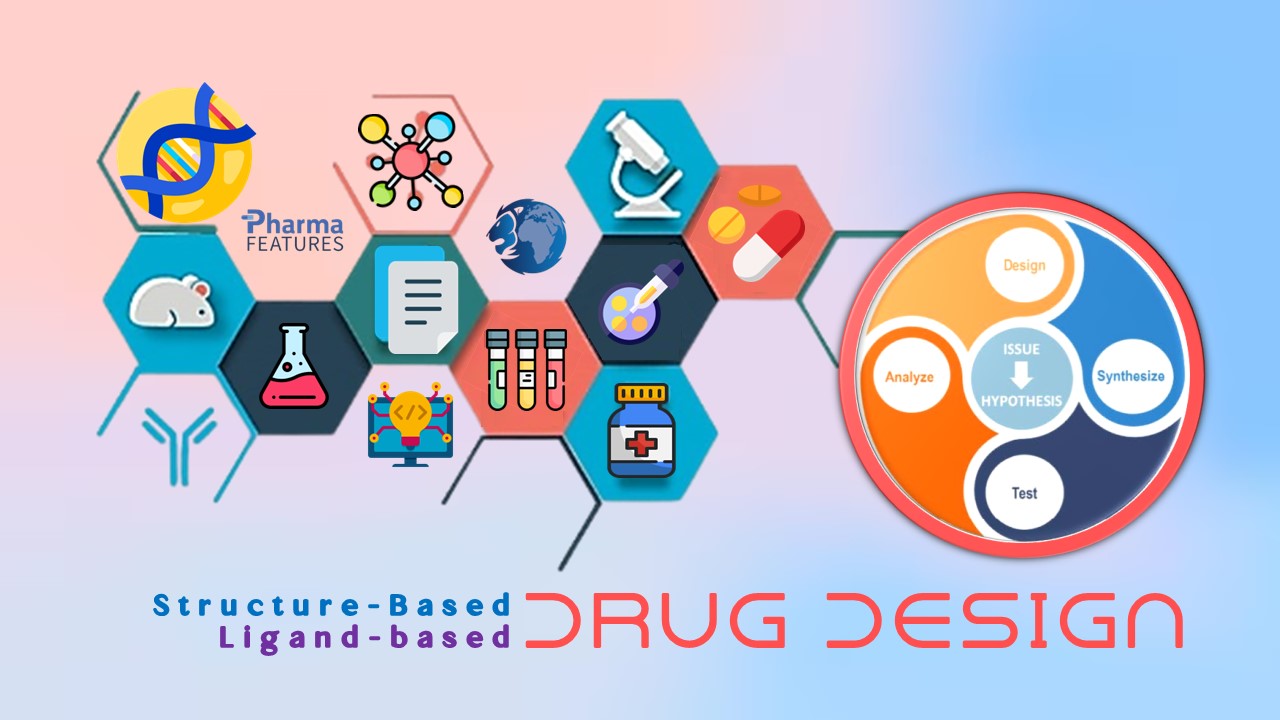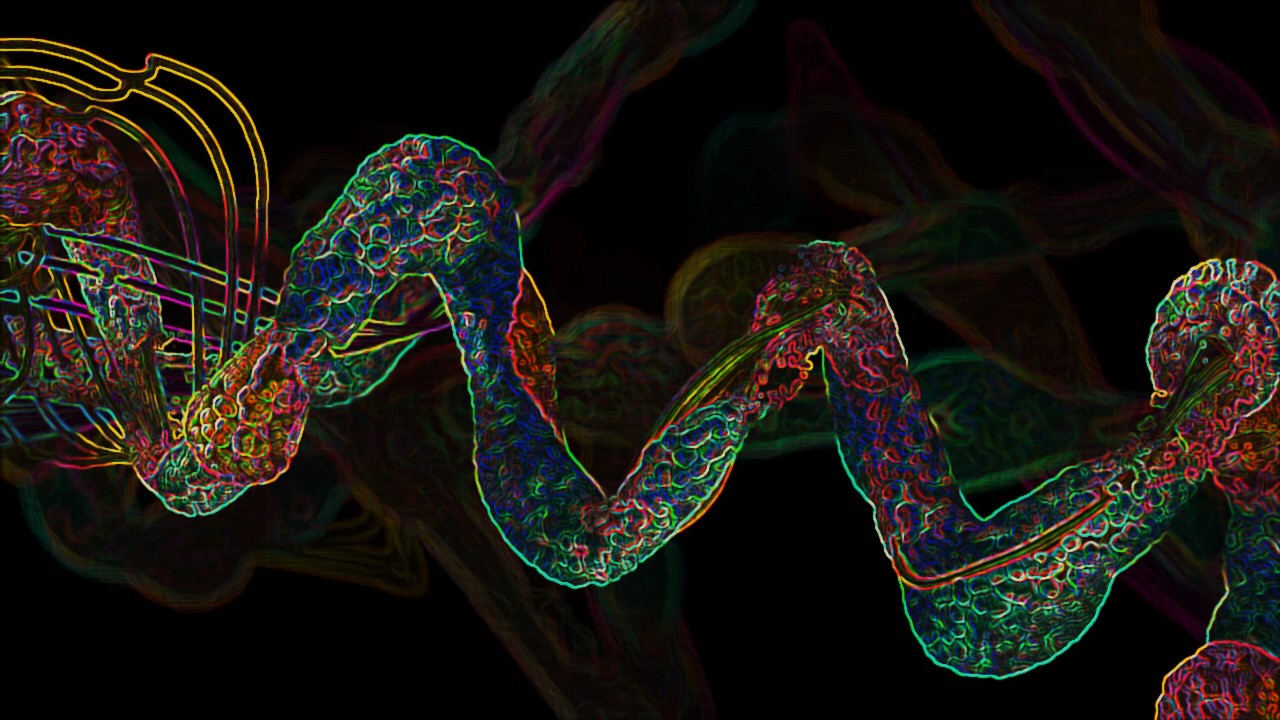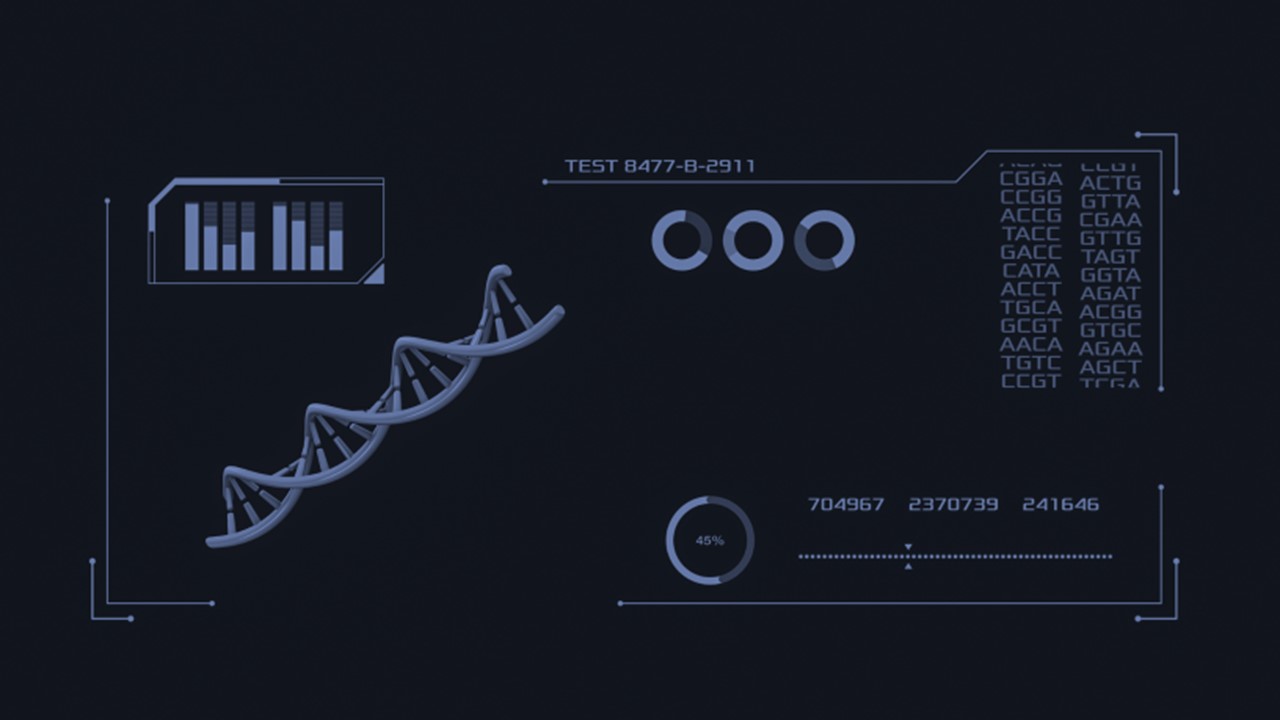
By 2026, the bioinformatics market will be worth an estimated $21.8 billion. The rapid advancement of computer technologies has greatly supported the development of many invaluable tools used in both research and drug discovery. Biomolecular modelling and agent-based simulations are a few examples of the innovations in bioinformatics which are quickly becoming an indispensable tool within drug discovery.
Introduction
Bioinformatics is described as the application of tools of computation and analysis to the capture and interpretation of biological data. It is essential for the management of data in modern biology research and drug development. One of the most noteworthy achievements found through bioinformatics is the analysis of the human genome project, enabling researchers to better understand genomic implications in disease states and potential drug targets.
Bioinformatics primarily uses computer software and/or the internet and as technology advances at a rapid rate, software is being increasingly robust, with the ability to analyse highly complex biological data.
In addition to genomic analysis, bioinformatics is being used for a vast array of other important tasks which support drug discovery. From the prediction of protein structure/function to the simulation of environments for whole cell modelling. The diversity of bioinformatic applications supports researchers in understanding human physiology from a cellular perspective to a systems level, and utilise evolving technologies to analyse vast biological data to understand gene-disease interactions.
Drug screening and design – Biomolecular simulations
Biomolecular simulations are becoming increasingly prevalent in drug discovery thanks to the rapid development of computer hardware, software and algorithms. These simulations are a combination of computer simulations and a variety of experimental information used to determine or predict the structure and mechanism of important biological systems.
Biomolecular modelling and simulation applications have allowed researchers to pose and answer novel questions about challenging pathways/systems. In a recent Nature article, it was highlighted how this bioinformatic tool is inherent drug discovery, from “unraveling the folding pathways of proteins and identification of new therapeutic targets for common human diseases to the design of novel materials and pharmaceuticals”.
There are two main approaches to biomolecular simulations – knowledge-based versus physics-based approaches. The physic-type models express biomolecules in terms of fundamental vibrations, rotations, and nonbonded interactions.
Knowledge-based methods, on the other hand, use structural, energetic, or functional data to train a computer program to discover trends in related systems from known chemical and biophysical data for specific molecular systems. Hence, this approach uses available data rather than generating the data from physical characteristics.
The simulation of molecular mechanics and dynamics provides an insight into the structure and mechanism of biological systems which can support drug development. These include structures of viruses (including SARS-CoV-2) and pathways in DNA repair.
Molecular docking, which is generated by computer simulations, has also shown to be successful for high-throughput screening. This method essentially predicts interaction patterns between proteins and small molecules, and vice versa, to evaluate the binding between two molecules.
Recently, a technique known as restrained-temperature multiple-copy molecular dynamics replica-exchange, was combined with molecular docking, which suggested molecules that bind to the spike protein of the SARS-CoV-2 virus.
The increasing volume of high-resolution structural data for protein/ligand binding, has accelerated the use of knowledge-based methods in drug discovery – a key application of biomolecular modeling and simulations. This is particularly important for drug discovery, as these simulations will suggest the mechanisms that are critical for understanding and addressing complex disease pathophysiology.
Agent-based simulations
More recently, scientists launched a powerful, unique software, based on agent-based simulations (ABS), that is able to perform highly complex simulations of a variety of biological processes.
ABS are powerful computational tools that have been described as an “inexpensive and efficient way to quickly test hypotheses about the physiology of cellular tissues, organs, or entire organisms.”
According to a recent article, a paper published by Bioinformatics, a consortium that includes the University of Surrey, CERN, Newcastle University, GSI Helmholtz Centre, University of Cyprus, University of Geneva, SCImPULSE Foundation and Immunobrain Checkpoint, unveiled their open-source, multi-disciplinary simulation platform called BioDynaMo.
Many conventional ABS are designed with a specific use in mind and do not take full advantage of modern hardware, which is often considered a limitation. BioDynaMo however, has been present as a novel simulation platform which addresses both of these issues, featuring general purpose, high performance simulations.
This is particularly exciting as it enables agent-based modelling to be used across a number of therapeutic areas from neuroscience, to oncology, and epidemiology.
The development of an ABS can often be a complex process when trying to incorporate the key features of the biological system to aim to recreate. A 2017 study briefly demonstrated this, whereby researchers described how they built a 3D multiscale agent-based model to simulate the intercellular cell’s competition and the interaction between cancer cells and microenvironment.
“A 100 × 100 × 100 3D cube is employed to represent the extracellular matrix (ECM) for the microenvironment. The lattice interval is 5 µm, which is approximately the same as the radius of a cancer cell. One hundred cells were initialised in the center of the lattice and the age of the cells is randomly set between 0 and 24 h.”
In another oncology study, an agent-based model was used to better understand drug-radiation interactions in the tumour microenvironment. It was emphasised that while 3D culture studies have the potential to accelerate anticancer drug development, by mimicking solid tumour features, the increasing complexity of 3D cultures makes interpretation of experiments more difficult.
Hence, many researchers are looking to computational modelling to simulate the tumour microenvironment to the same level but with software that has the capacity to analyse complex data sets.
The hybrid continuum/agent-based mathematical model demonstrated good prediction of cellular responses in spheroids treated with radiation, which supports the potential of computational modelling approach to improve the interpretation of experimental investigations of drug and radiation combinations.
Charlotte Di Salvo, Editor & Lead Medical Writer
PharmaFeatures
Subscribe
to get our
LATEST NEWS
Related Posts

Bioinformatics & Multiomics
Harnessing Computational Ingenuity for Tomorrow’s Therapeutics
Leverage computational power to navigate modern drug design.

Bioinformatics & Multiomics
Exploring Cutting-Edge Techniques in Protein Target Identification
From genetic screens in model organisms to chemical proteomics in mammalian systems, each approach offers unique insights into the complex landscape of drug-target interactions.











